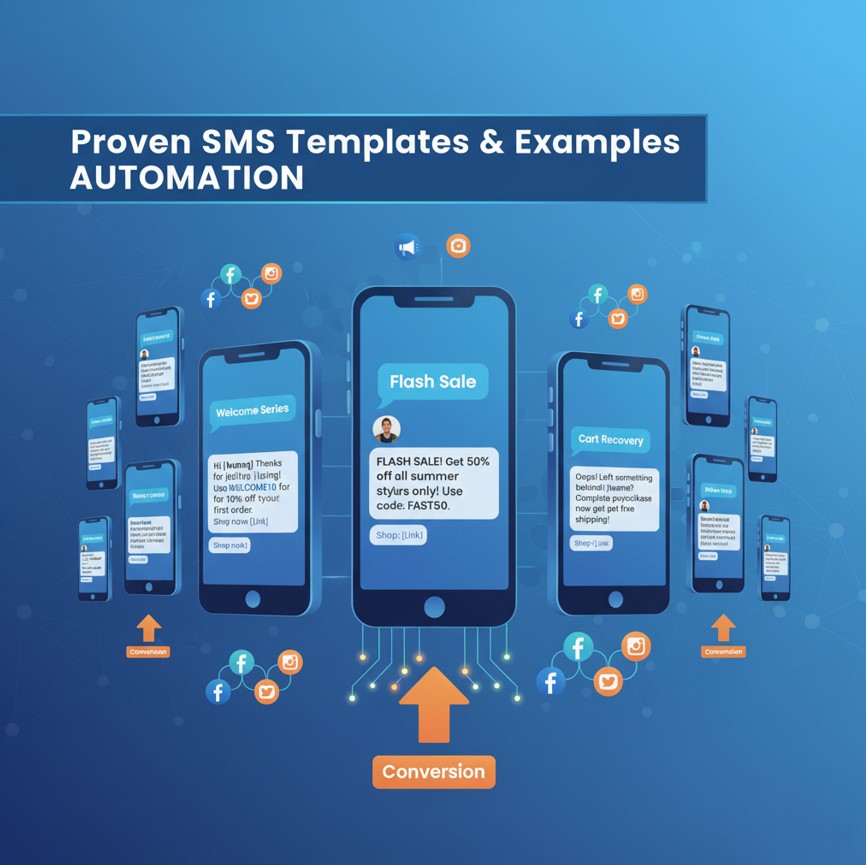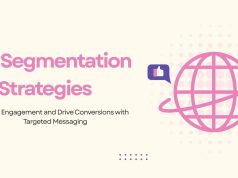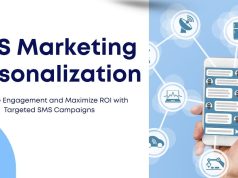In today’s fast-paced digital landscape, engaging customers with timely and personalized messages is more critical than ever. SMS marketing automation empowers businesses to deliver targeted text messages at scale, driving higher open rates, improved customer experiences, and increased revenue. By setting up an automated SMS workflow, you can welcome new subscribers, recover abandoned carts, send personalized promotions, and nurture leads without manual intervention. This comprehensive guide will walk you through the entire process, from defining objectives and choosing the right platform to crafting proven templates and measuring success. Whether you’re a small business owner, marketer, or agency professional, you’ll gain actionable insights and ready-to-use examples to supercharge your SMS campaigns.
What is SMS Marketing Automation?
SMS marketing automation refers to the use of software tools and workflows to send text messages to customers based on predefined triggers, behaviors, or schedules. Unlike one-off blasts, automated campaigns are triggered by specific actions such as a new signup, abandoned shopping cart, or birthday and deliver tailored content at the right moment. Automation eliminates manual effort, reduces time-to-market, and ensures consistency across campaigns. Advanced platforms also offer segmentation, personalization tokens, dynamic content insertion, and analytics dashboards, making it easier to optimize messages and track performance.

Key Benefits of Automating SMS Campaigns
- Higher Engagement Rates: Automated, timely messages have open rates exceeding 90 percent, far outpacing email or social media.
- Scalable Personalization: Use customer data to dynamically insert names, product recommendations, or account details for a personalized experience.
- Improved Efficiency: Schedule and trigger messages in advance, freeing up your marketing team for strategy and analysis.
- Better Customer Retention: Automate re-engagement campaigns to win back dormant subscribers with special offers or reminders.
- Data-Driven Optimization: Leverage analytics to A/B test message timing, copy, and calls to action for continuous improvement.
Step-by-Step SMS Marketing Automation Workflow

1. Define Goals & Audience
Before implementing any automated campaign, establish clear objectives. Are you looking to welcome new subscribers, recover lost sales, or promote a seasonal sale? Define specific Key Performance Indicators such as click-through rate, conversion rate, or revenue per message. Next, segment your audience based on demographics, purchase history, or engagement level. Proper segmentation ensures that each message resonates with its recipients, increasing relevance and reducing opt-outs.
2. Choose the Right SMS Platform
Select an SMS marketing solution that supports automation workflows, segmentation, compliance management, and analytics. Key features to look for include drip campaign builders, API integrations, A/B testing, and real-time reporting. Popular options like Twilio, Klaviyo, and SimpleTexting offer robust automation tools and pre-built templates to jumpstart your campaigns. Ensure the platform is scalable and integrates smoothly with your CRM, e-commerce store, or marketing stack.
3. Map Out Automation Triggers
Identify the customer actions and milestones that will trigger your SMS workflows. Common triggers include new subscriber opt-ins, cart abandonment, first purchase anniversaries, and location-based events. Create a visual flowchart that outlines each trigger, the conditions for sending a message, and any follow-up actions. This blueprint helps coordinate cross-channel touchpoints, such as sending an email 24 hours after a welcome SMS if the subscriber hasn’t engaged.
4. Craft Compelling Copy & CTAs
Effective SMS messages are concise, clear, and action-oriented. Stick to 160 characters or fewer, include the recipient’s name, highlight the core benefit, and end with a direct call to action. Use personalization tokens to address subscribers by name or reference previous interactions. For example: Hi {FirstName}, your cart is waiting! Get 10 percent off your order now: {Link}. Always include an opt-out option to comply with regulations.
5. Test, Launch, & Monitor
Before launching at scale, run a pilot campaign on a small segment to test message timing, content, and delivery rates. Monitor key metrics like delivery rate, open rate, click-through rate, and conversions. Use A/B tests to compare subject lines, CTAs, or send times. After analyzing the results, refine your templates and expand the campaign to larger audiences. Continuous monitoring and iterative optimization are crucial for long-term success.
Proven SMS Templates & Examples

Template 1: Welcome & Onboarding
Message: Welcome aboard, {FirstName}! Thanks for joining our SMS list. Enjoy 15 percent off your first order with code WELCOME15. Shop now: {Link} Reply STOP to opt-out. Application: Send this automated SMS within five minutes of signup to engage new subscribers with a valuable offer and set the tone for future communications.
Template 2: Abandoned Cart Recovery
Message: Hey {FirstName}, you left items in your cart. Complete your purchase now and save 10 percent with code RECOVER10. Limited time: {Link} Reply STOP to unsubscribe. Application: Trigger this message one hour after cart abandonment to remind users and incentivize them with a discount, recovering lost revenue swiftly.
Best Practices & Regulatory Compliance
Always obtain explicit consent before sending SMS messages to comply with TCPA, GDPR, and other regional regulations. Provide clear opt-in and opt-out instructions. Maintain a clean list by removing unsubscribed or inactive numbers. Limit the frequency of messages to avoid subscriber fatigue—typically no more than four to six messages per month. Personalize content based on subscriber data but avoid overly complex or intrusive segmentation that may trigger privacy concerns.
Key Metrics to Track
To measure campaign effectiveness, focus on delivery rate, open rate, click-through rate, conversion rate, and opt-out rate. Use your SMS platform’s analytics dashboard to create custom reports and dashboards. Track revenue attributed to SMS campaigns and calculate ROI by comparing incremental sales against platform and messaging costs. Monitor engagement trends over time to spot seasonal fluctuations or content fatigue.
Conclusion
SMS marketing automation offers a powerful way to engage customers with timely, personalized messages that drive action. By following this step-by-step workflow—from defining goals and mapping triggers to crafting templates and analyzing results—you can build efficient campaigns that scale with your business. Start by choosing the right platform, set up one automated sequence, and expand your strategy as you gather data and insights. Ready to transform your SMS strategy? Implement these best practices and templates today to boost engagement, recover lost sales, and grow your bottom line.









